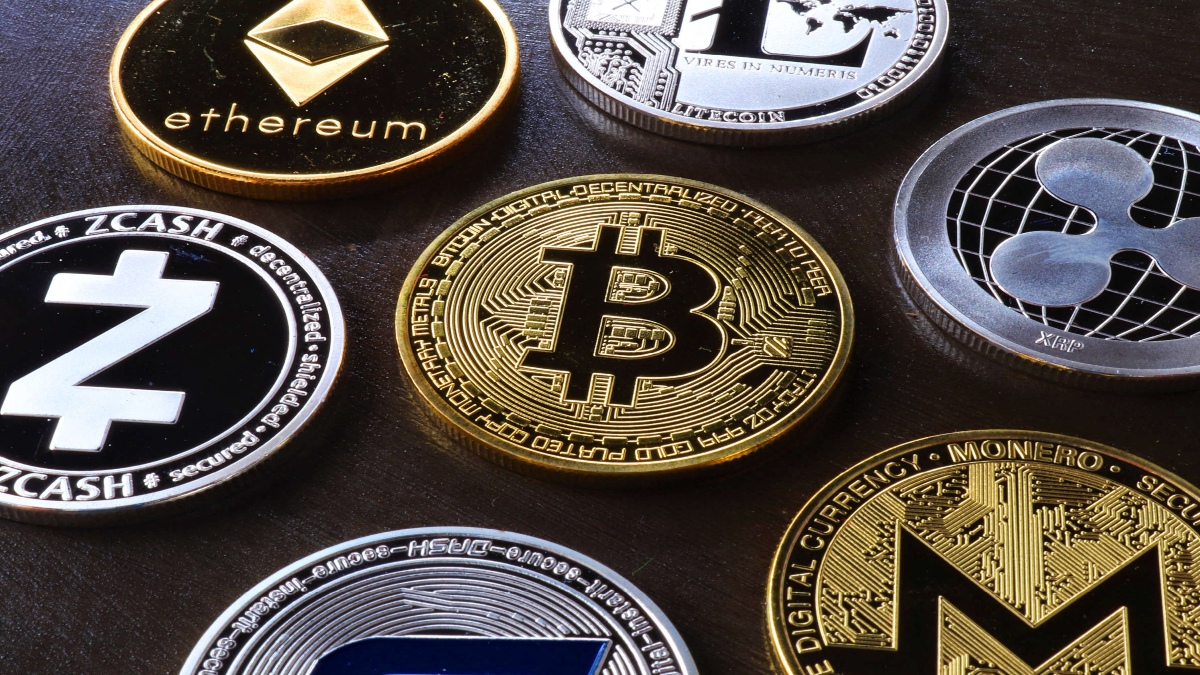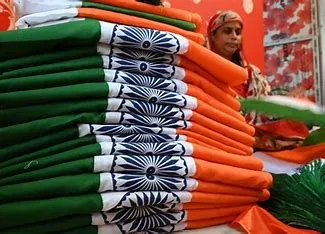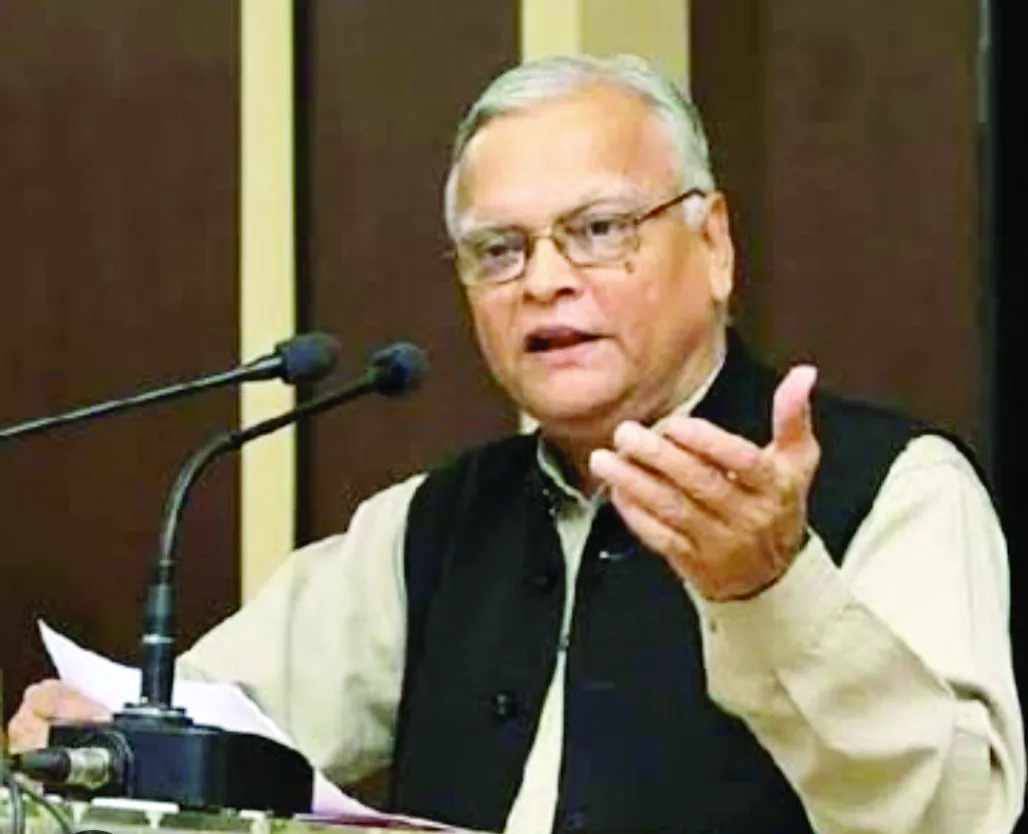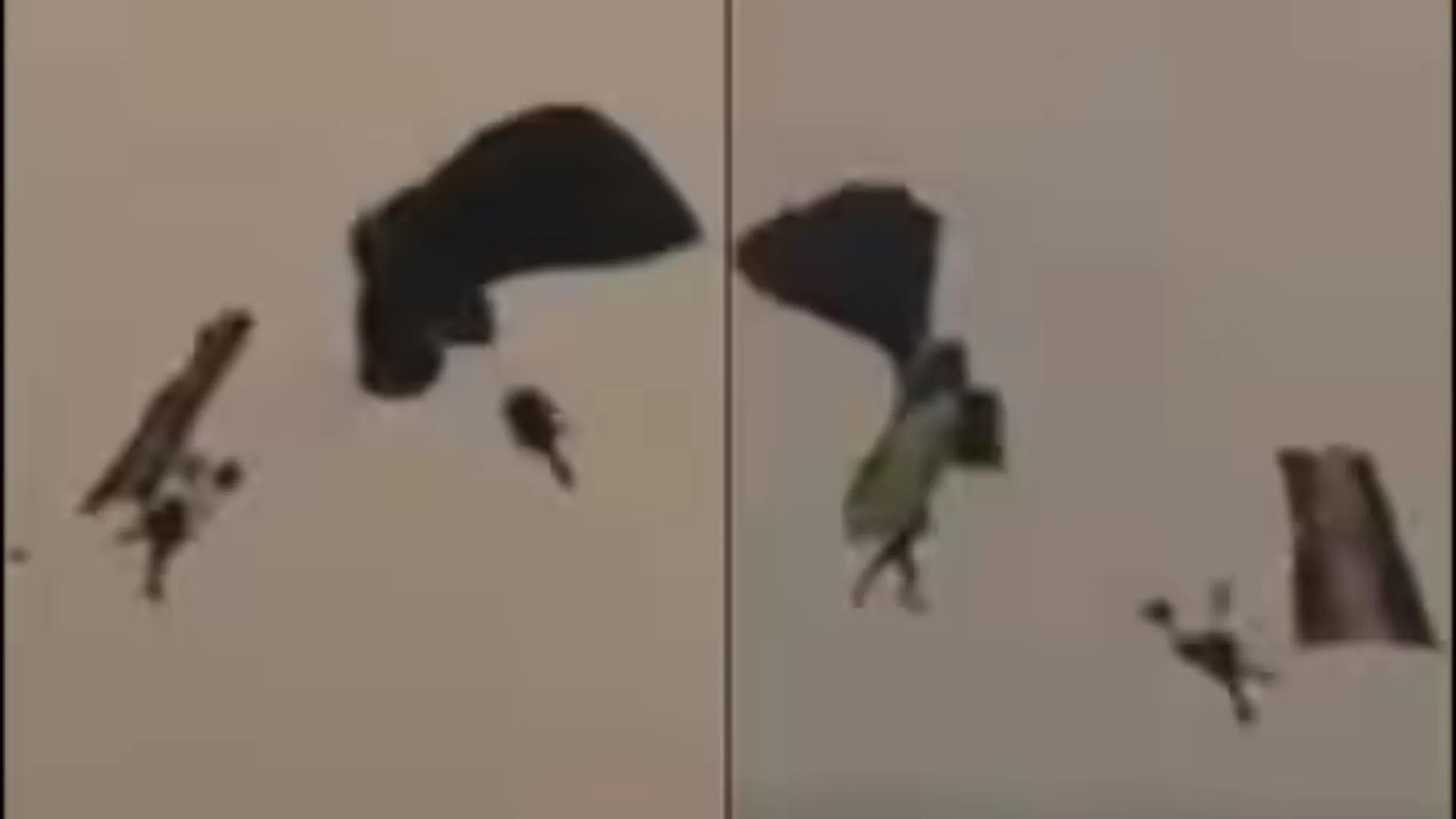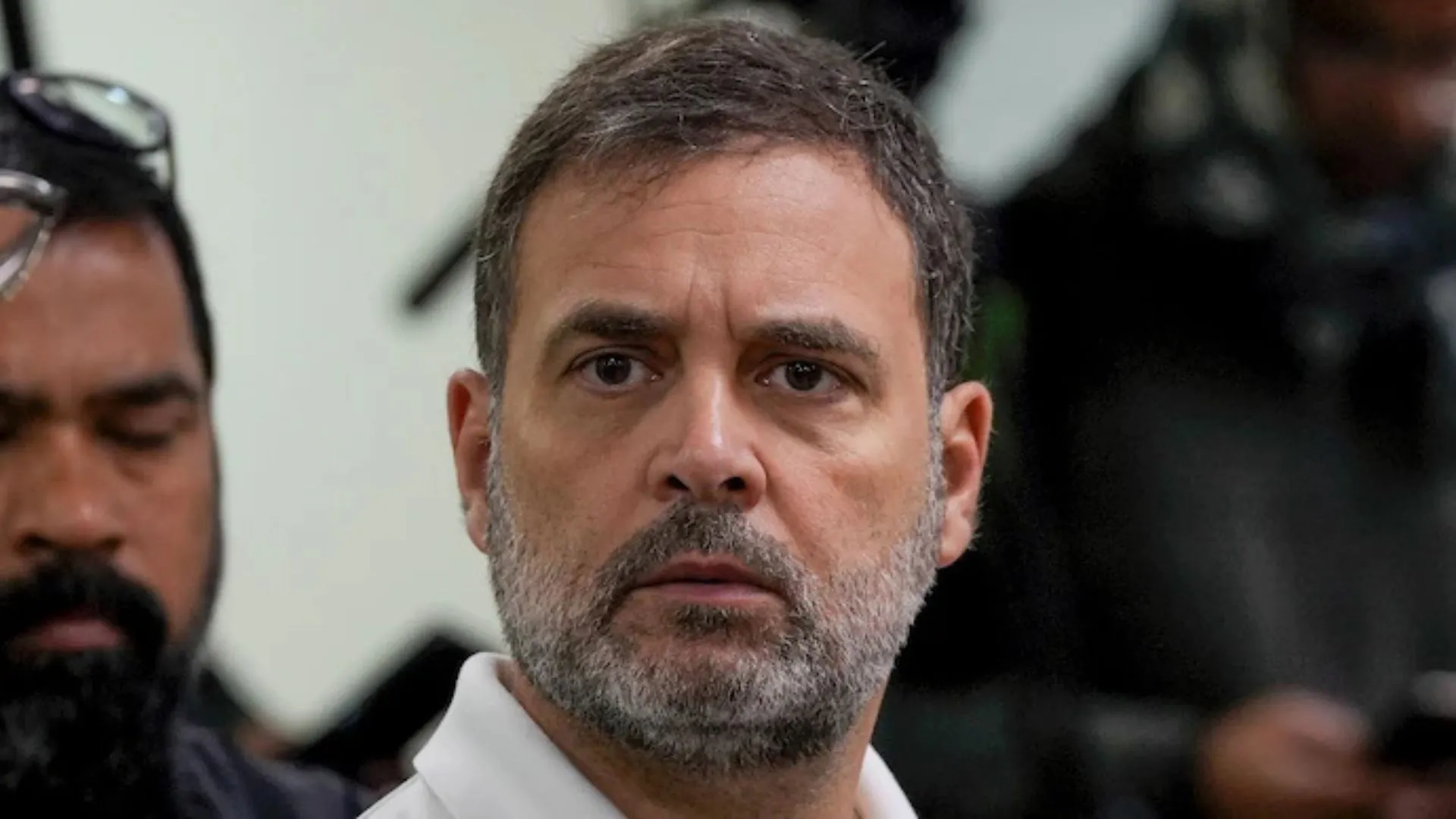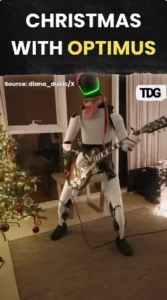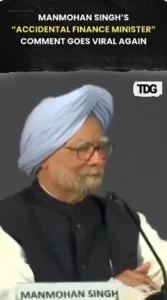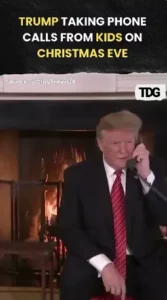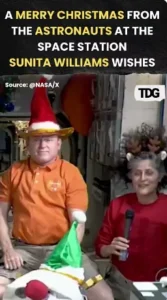WHAT ARE NFTS?
Cats! The bane of the internet strikes again. In October of 2017, some smartypants created ‘CryptoKitties’ on Ethereum, a blockchain platform. Soon, enthusiasts were able to breed, raise, and trade virtual cats with unique genomes. Each of these virtual cats is unique, and can’t be interchanged with each other. They have exclusive attributes like age, breed, or color.
CryptoKitties quickly rose to notorious success and CryptoKitties transactions soon amounted to a whooping 12% of all Ethereum transactions. CryptoKitties soon began to rise exponentially in value, with one CryptoKitty even fetching 600 ETH (US$172k at the time). CryptoKitties raised considerable awareness about non-fungible tokens (NFTs), which resulted in venture capital firms a16z and USV investing $12 million in the company to expand the product.
Axiom Zen, a Vancouverbased startup, went on to create a new standard for Ethereum called ERC-721 to create sound digital goods, which is now a recognized standard for NFTs. The earlier ERC-20 standard provided the technological framework and best practices for token creation and emission, likewise, the ERC721 standard did the same for non-fungible tokens. The standard allows developers to create digital assets that can be exchanged and tracked on the blockchain.
Fungibility describes an asset’s ability to be evenly interchanged with another asset of the same type, so a Rs 2000 note is fungible – we can exchange notes of the same denomination without any effect on their value. Similarly, Ethereum and Bitcoin are both fungible assets, one bitcoin is no different from another one whole bitcoin. However, a non-fungible asset is something that is not interchangeable and not divisible for the most part. So if we both are pet lovers and have a real cat each (not virtual blockchainbased kitties), each one of them is unique, and cannot be exchanged for equal value.
A non-fungible token actually can be broken conceptually into two parts: (1) The ‘token’ element refers to anything related to the blockchain, a digital ledger of transactions that tracks the exchange of each token on it. (2) The ‘non-fungible’ part is the more unique aspect of NFTs. It establishes that each NFT is unique in its own right and cannot be replaced with another token.
RISE OF NFT ART MARKETS
Today there is a wild gold rush and people are tying these tokens to music, digital art, video and even memorabilia. Fans and collectors are buying and trading NFTs feverishly, the market for NFTs has more than tripled. It hit more than $250 million in 2020! In 2021, projections for the year are centred around $1.3 billion.
Twitter CEO Jack Dorsey sold his first tweet as an NFT recently. Strangely, he did it for a specific figure of $2,915,835.47 which has some significance, yet unknown. The winning bidder was Sina Estavi, who had held the high bid since offering $2.5 million on March 6. Incidentally, it took only a day to complete this auction.
The Nyan Cat meme, which was a popular GIF from a decade back, was remastered by the original artist for its 10-year anniversary and registered as an NFT. He ran a 24-hour auction on the crypto art platform Foundation and the digitally signed meme fetched an astronomical sum of $590,000 (300 ETH).
In October 2020, a digital artist called Beepl, with over 2 million followers on Instagram sold an NFT art collection for over $3.5 million. One of the NFTs from his collection was recently resold on Christie’s for $69 million.
In another shocking incident, Injective Protocol, which is a group of cryptosavvy artists, burned the print of a Banksy piece titled “Morons” costing $95,000, and registered the recording of the performance as an NFT. It sold for $380,000 (228.69 ETH) on OpenSea NFT trading platform.
TECHNOLOGY
NFTs are non-fungible tokens issued on a distributed ledger such as a blockchain. Similar to cryptocurrencies like Bitcoin, they can be identified individually and are authenticated through a decentralized system of nodes via a consensus protocol. However, there is one significant difference, they are each unique, indivisible, and “non-fungible.”
NFTs also involve so-called smart contracts, which is actually a software code that memorializes the terms of a contract which can selfexecute when pre-specified criteria are met. Actually a smart contract can be written or programmed so that it will automatically transfer cryptocurrency from one wallet to another when certain triggering events or conditions occur, making it comply automatically to the terms of contract fulfilled or executed.
NFTs provide a method of “provable uniqueness” and ownership for digital objects. These may be digital art, images, music and other content. A single token stored in a smart contract on the distributed ledger and its ownership can be irrefutably established as provably unique. In case others have copies of the same content, the specific token authenticating ownership of the content is available with only one person. Today almost all NFTs operate on the Ethereum blockchain.
NFT AND OWNERSHIP
First and foremost, NFTs are not synonymous with ownership titles of (copyrighted or not) works, but rather simply “a cryptographically signed receipt that you own a unique version of a work”.
The predominant value of an NFT is the ability to resell it. The major issue with NFT is for the underlying goods to be able to prove its authenticity. The question that arises is whether resale of NFT (made without authorisation of copyright owner) constitutes copyright infringement? Will such sales be considered analogous to reselling of counterfeit goods? The NFT that represents the ownership of a specific copy of work, the ownership of such copy of work shall be lawful, otherwise any further resell/ distribution of such work would constitute copyright infringement, thus attracting infringement claims, takedown notices, etc. In case when this underlying work is taken down and/or deleted due to such reasons, the NFT Link is broken and the NFT may represent proof of ownership of a copy that no longer exists. Therefore it is of paramount importance that the connection between the seller of the NFT and the copyright owner is linked to the content itself and shall form part of the NFT.
It is necessary to distinguish between ownership of the NFT and ownership of the underlying intellectual property while considering the IP implications of NFTs. As explained, you may own a video clip of LeBron James dunk in NFT form but the underlying rights belong to the NBA. Thus, in the context of copyright it is essential that the ownership of the underlying rights will only transfer if the author of the original work expressly agrees to transfer those rights. In the absence of such an agreement, ownership of an NFT will not grant ownership of underlying content or IP rights which results in NFT owners may not be permitted to reproduce, distribute copies, publicly perform, display or make derivatives of the original work as the copyright owner retains the exclusive rights.
REVOLUTION OR TEMPORARY BUBBLE?
Blockchains have been around for some time now, but their use cases have been limited. Apart from the controversial Bitcoin, blockchain has already been employed to secure the voting process in some countries, preserve land records, and fight against insurance fraud. Some evangelists say that it could help companies create a transparent supply chain by aggregating knowledge, offer joint aid, and lower financial discrimination in lending. Basically other than smart contracts like Ethereum, blockchains have been largely perceived as a solution looking for a problem.
The NFT market also has high entry costs and needs some technical expertise resulting in some creators opting out of these platforms. The legal community is perplexed with the proper understanding of this new development, where artists’ works are being copied and sold without their permission. NFTs are providing opportunities to freebooters for profiteering from other people’s work.
Most importantly there are serious environmental issues regarding the amount of computing power used to create NFTs, and many servers run on fossil fuels or on electricity generated from non-renewable resources. Cryptocurrency specialists warn that the environmental impact of blockchain’s distributed ledger technology is huge, as a significant amount of power is wasted in generating ‘proof of work’ or the integrity algorithms of a blockchain, which do nothing other than to maintain trust in the whole endeavour.
Some hail NFTs as the new revolution in art, some see it as the very death of art. Some see it as another speculative bubble about to burst, while others look upon it as harbingers of technology to come. Whatever happens, as long as there are people who can breed virtual CryptoKitties, rear and trade them for thousands, nay, millions of dollars, there will be blockchain use cases like NFTs, and enough enthusiasts to carry the flag ahead.
Brijesh Singh, IPS, is an author and IG Maharashtra. Khushbu Jain is an advocate practising before the Supreme Court and a founding partner of law firm Ark Legal. The views expressed are personal.

